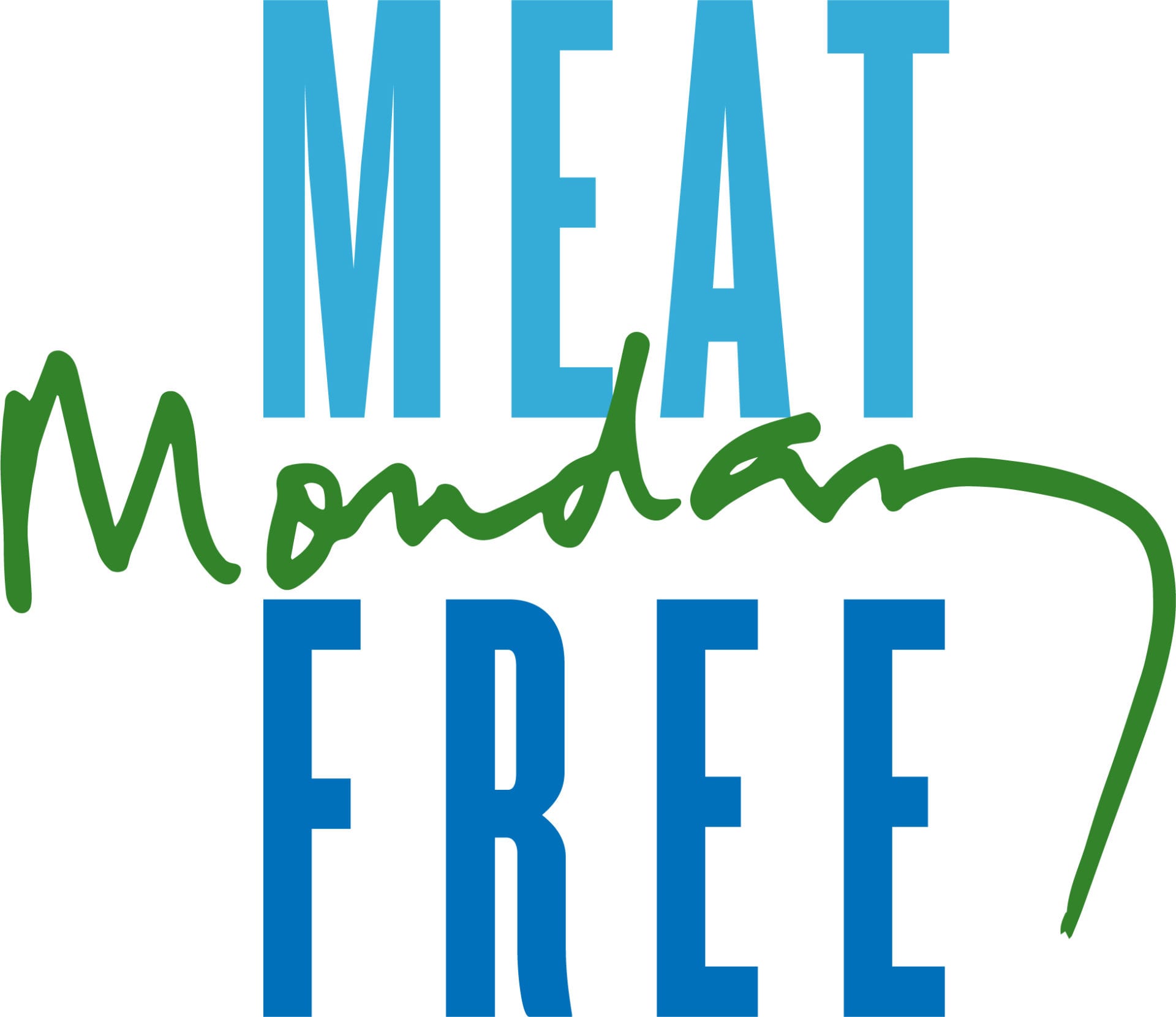If you felt able to eat beef occasionally because you were reassured the cow it came from spent a happy lifetime dining on lush grass, then it’s time to reassess your diet. A new report reveals that a form of meat production its proponents hail as the “greenest” possible is nothing of the sort.
A report by Oxford University’s Food Climate Research Network (FCRN) comes down firmly against the idea that animals raised on grass produce meat that is more environmentally friendly than otherwise. Cows and livestock are a problem for our climate, the FCRN report says, regardless of how they are fed.
Proponents of the grass-fed theory claim that munching, manure-making cows lead to stronger, healthier grass that is able to suck in and store more carbon; to the extent that pastureland can even offset the harmful gases associated with livestock, such as methane and carbon dioxide – carbon-neutral beef. The question up until now has been: are they right?
Tara Garnett, coordinator of the FCRN and lead researcher of the report, Grazed and Confused, states bluntly: “They aren’t. The truth is, we cannot eat as much meat as we like and save the planet.”
According to Grazed and Confused, pastureland is only able to sequester carbon in very limited conditions, and even then only on a tiny scale. The amount grass is capable of extracting from the air and storing is infinitesimal when compared with the harmful emissions being produced by the animals grazing on it.
“In some circumstances, you can get carbon capture, but not always and the effect is small,” said Garnett – in fact, carbon-storing grassland offsets as little as 20 per cent of greenhouse gases emitted by cattle, mostly methane. “And the carbon capture stops after a few decades,” she added, when the amount of carbon in the soil reaches equilibrium with the air. “Meanwhile, the cattle continue to belch methane.”
So the message is clear: if you want to be sure the food you’re eating is the greenest it can possibly be, don’t buy grass-fed meat – buy no meat at all.
